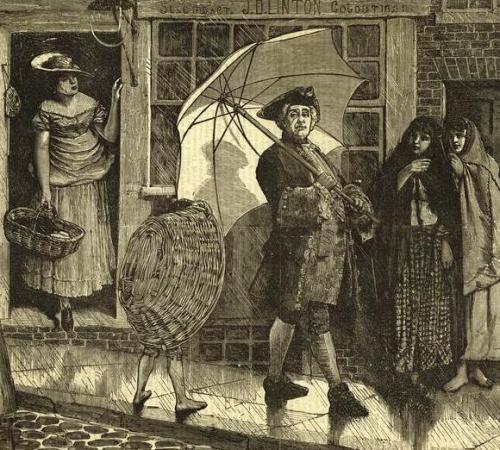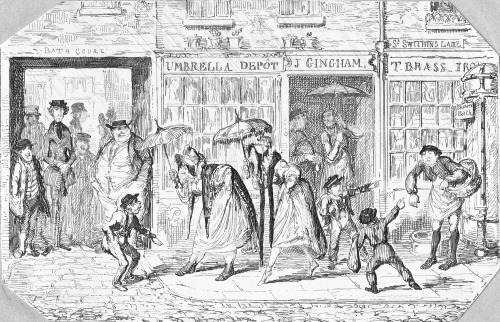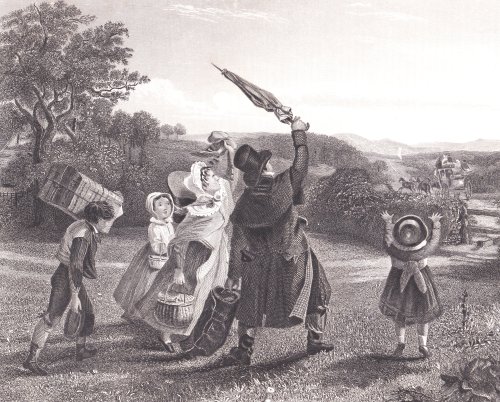The evenings are drawing in, there’s a nip in the air – what better time to think about making a warming pudding?

I’ve been consulting A New System of Domestic Cookery formed upon Principles of Economy and Adapted to the Use of Private Families by A Lady. It was published in 1829 by John Murray (Jane Austen and Byron’s publisher) and cost seven shillings and six pence.
Some of the recipes certainly would have been very economical, using up left-overs in a way that resonates with today’s concern about food waste. There are a number of recipes using bread such as this one:
A Rich Boiled Bread Pudding
Over half a pint of crumbs (from a previous recipes I think these must be stale white bread crumbs) pour half a pint of scalding milk; cover for an hour. Beat up four eggs, and when strained, add to the bread, with a tea-spoonful of flour, an ounce of butter, two ounces of sugar, half a pound of currants, an ounce of almonds beaten (I assume these would be ground almonds), with orange-flower water, half an ounce of orange, ditto lemon, ditto citron (juice??). Butter a basin that will exactly hold it, flour the cloth and tie tight over and boil one hour.
I rather like the sound of this savoury pudding although I’d add more cheese myself. I imagine it would be baked in a pie dish:
A Cheese Pudding
Grate three ounces of cheese and five of bread (stale, I assume); and having warmed one ounce of butter in a pint of new milk (making this today I would use full fat milk), mix it with the above; add two well-beaten eggs and a little salt. Bake it half an hour.
Another one that I’d like to try is:
An Exceedingly Good Orange Pudding
On half a pound of crumbs of bread pour a pint of milk; let it boil up; stir in two ounces of butter and one of marrow (I think I might give the marrow a miss and add a bit more butter!), keeping the pan over the fire until all is incorporated. Let it become cold then mix in two eggs, two ounces of sugar, the same of orange marmalade, and a spoonful of orange flower water. Choose a basin that will exactly hold it, and tie over with a floured cloth very closely. Boil it an hour and a quarter. For sauce, melted butter, sugar, a little lemon-juice, and a spoonful of brandy.
Finally here’s a real novelty. I’m trying to persuade the cook in our household to try it to see if it lives up to its name. If I succeed, I will let you know!
Transparent Pudding
Beat eight eggs very well; put them into a stew-pan with half a pound of sugar pounded fine, the same quantity of butter, and some nutmeg grated. Set it on the fire and keep stirring it until it thickens. Then set it in a basin to cool; put a rich puff pastry round the edge of the dish; pour in your pudding, and bake it in a moderate oven. It will cut light and clear. You may add candied orange and citron, if you like.
I haven’t tried any of these – so if you do, it is at your own risk! Happy baking.









